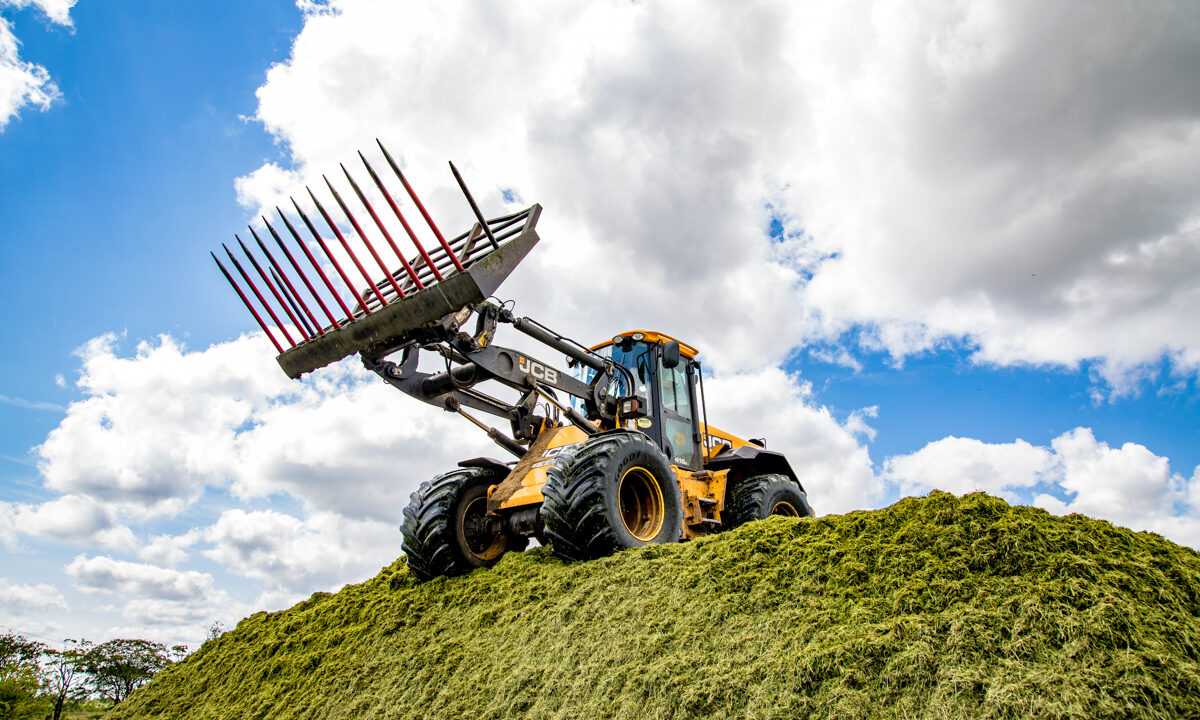The National Sheep Association (NSA) is calling on policymakers to review the impact of renewable energy grants, saying the scheme is adding pressure to farmers who are already short of feed.
NSA has long had concerns over the pressure anaerobic digestion plants and large-scale biomass burners place on the sheep sector – and says the recent extreme weather has exacerbated the situation.
Phil Stocker, NSA chief executive, said: “Forage stocks were completely used up during the harsh winter we experienced, but instead of being able to rebuild stores, the dry weather means sheep farmers are already using winter feeds to sustain flocks due to a shortage of grass.
The risk of feed and bedding shortages is fast approaching and costs are rocketing, yet potential feedstock, cereals, maize and grass, as well as straw for biomass, is dedicated to energy production.
“That is why NSA is calling for a rethink around incentives for AD plants and large-scale biomass burners.
‘Dual funding’
“We have already raised serious concerns over crops for energy being eligible for the Basic Payment Scheme (BPS) as well as Renewable Obligation Certificates (ROCs) and Feed in Tariffs (FiTs), as this is a clear example of dual-funding and distorts the market to the disadvantage of livestock farmers.
Dual-funding of land specifically for this form of energy production is particularly unsettling given that growing crops for digesters and burners take land out of food production.
“Other renewable energy options – such as solar panels and wind turbines – allow grazing to continue but are discounted from BPS.
“Following the UK’s withdrawal from the EU, NSA would like to see a review of support for crop-based renewable energy production with a focus on ensuring land is geared towards food production and that grants and incentives do not distort land and rental values.
“In an age of increasing concern over food supplies and sustainable land management, NSA finds it deeply concerning that crop-based energy production should be disproportionately incentivised.
“It is even worse that dual use of land for solar and grazing should be positively disadvantaged.
“If land being cropped for AD plants was still growing crops for livestock feed, there would be far less concern over the increasing risk of winter feed shortages that are now looking certain.”
‘More land used for golf courses’
Responding, Charlotte Morton, chief executive of the Anaerobic Digestion and Bioresources Association (ADBA), said there was more land in the UK used for golf courses than to produce crops for AD.
She said: “Our analysis suggests that the growing of crops for AD is not having a significant impact on animal feed or human food outputs.
“It’s important to remember that, compared to other land uses, the impact of land used for growing crops for AD is minimal: Less than 1% of land in England and even less across other parts of the UK, with much more land used for golf courses.
“Purpose-grown energy crops are just one of a number of feedstocks that AD plants can use to produce renewable heat and power, low-carbon transport fuel, and nutrient-rich biofertiliser, each of which helps to reduce the UK’s greenhouse gas emissions.
“The growing of AD crops as part of an agricultural rotation is a proven farming method that improves soil quality and food production yields and reduces the need for chemical pesticides and herbicides.”

